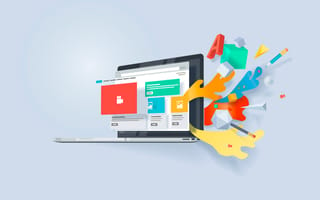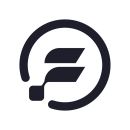When it comes to developing and improving the user experience, the team at artificial intelligence startup flockx relies on insights and feedback from users themselves.
“By getting the product and features out in front of customers, we can get their feedback and determine the value of what we’re delivering,” Mukesh Kumar, a product designer at flockx, said.
Determining the product’s value is critical for the company, which is in its early stages. That said, the information customers currently provide through consumer insight is invaluable. They’re giving an honest evaluation of flockx’s services and user experience, and the product design team takes it to heart.
“We have already pivoted at least twice from our initial vision as we continue to refine our value proposition,” Kumar said.
The feedback loop doesn’t end there. As flockx hones its vision and grows at the same time, its multidisciplinary teams join forces to problem solve. With multiple perspectives at the table, teams across the company, from marketing to engineering, can work together on journey mapping and ideation and teach one another problem-solving methods, including the five whys and crazy eights.
“Having cross-functional teams involved in every aspect of the product helps us maintain creativity while scaling rapidly,” Kumar said.
Built In Austin sat down with Kumar to learn how its UX design structures allow for creativity and learning opportunities as flockx builds its future.
flockx connects small businesses, independent service providers, gig workers and digital nomads directly with customers.
How fast was your workload growing when you realized you had to scale your design process?
We’re a pre-revenue startup with ambitious goals, so speed is of the essence. It’s imperative that we get features out in front of customers and the market as soon as possible. We must understand the market, solve real-world customer problems and refine the product by stripping out everything that’s unnecessary. We have evolved rapidly over the past six months, and the product design team has incorporated all our learning into our processes and methodologies.
Our ethos as a company is to put the customer first and focus on human-centered principles.”
What processes, tools or methodologies helped you scale your UX design process?
Our ethos as a company is to put the customer first and focus on human-centered principles. Our cross-functional teams — combined with lean methodology and a focus on actual customer insights — ensure product, design, engineering, marketing and sales all have a shared vocabulary and understanding of the customer problems we are trying to solve. These small teams are all involved in the design research phases, as well as reviewing and incorporating actual customer feedback to close the loop on our build-measure-learn philosophy.
We utilize tools like Figma, which allows multiple skill sets to access the same assets and files. Everyone can be involved in the design aspect. Sales can take clickable prototypes to customers to get feedback, and engineers can see the comments and assets all in one place.
We also use guilds across the company. For example, in our design guild, designers from different departments can come together and get feedback and advice on what they’re working on, which allows them to bring additional perspectives back into their everyday roles.
Our team members are empowered to help move the needle and have a say in the direction of the product.
What tips would you offer a UX design leader who wants to ensure their team members still have the freedom to experiment and be creative as the process scales?
Our experimental mindset and lean methodology mean we don’t get caught up in processes but instead place importance on releasing multiple experiments that drive value and real customer and business outcomes. Everyone is involved in the ideation and research phase and can see the results of the experiment live as we focus on constant testing and receiving feedback.
Each individual team member is empowered to have a voice. We embrace an experimental mindset with a focus on results for the customer. Our team members are empowered to help move the needle and have a say in the direction of the product.”







